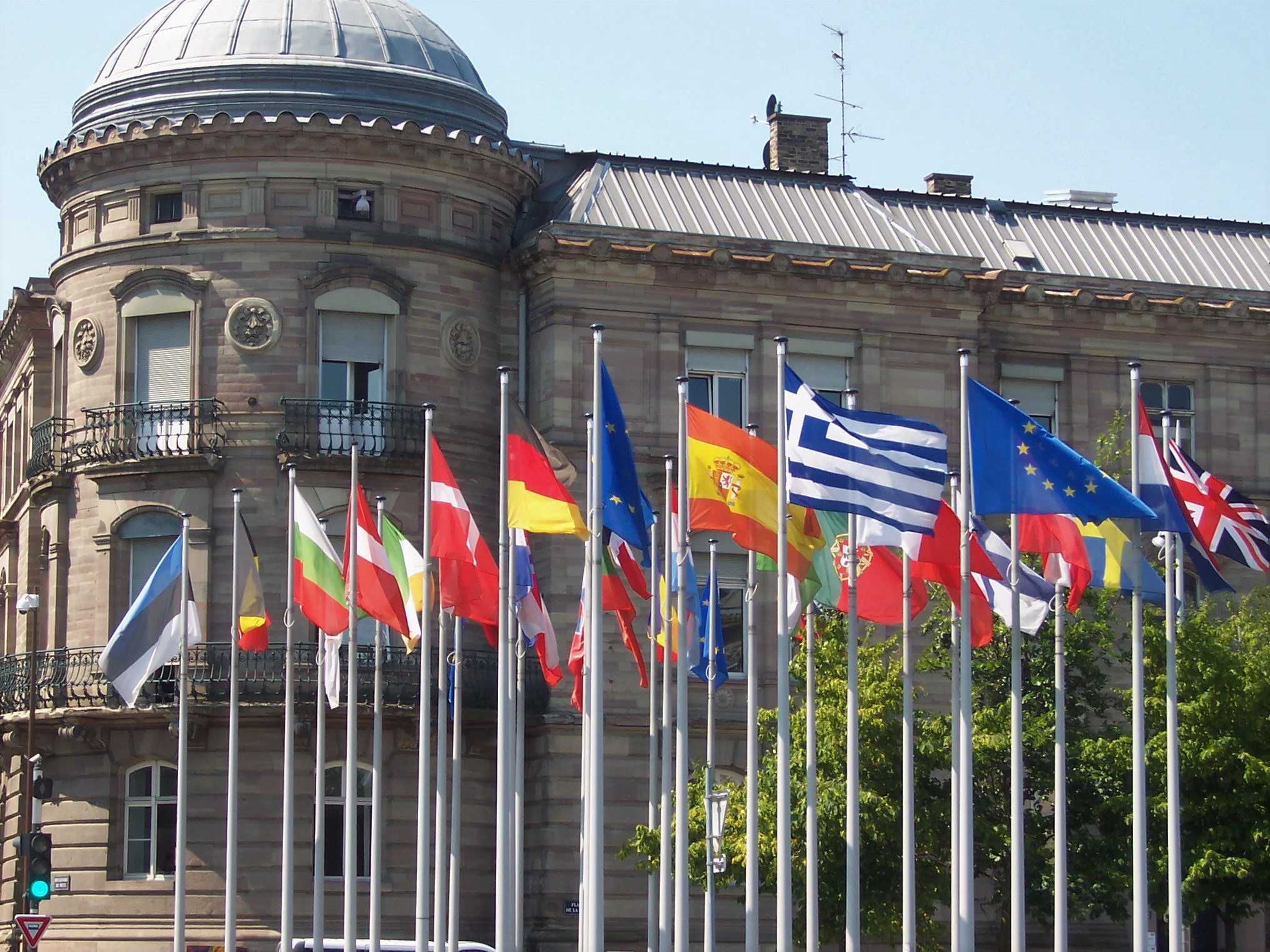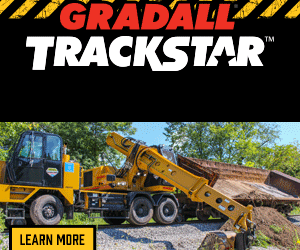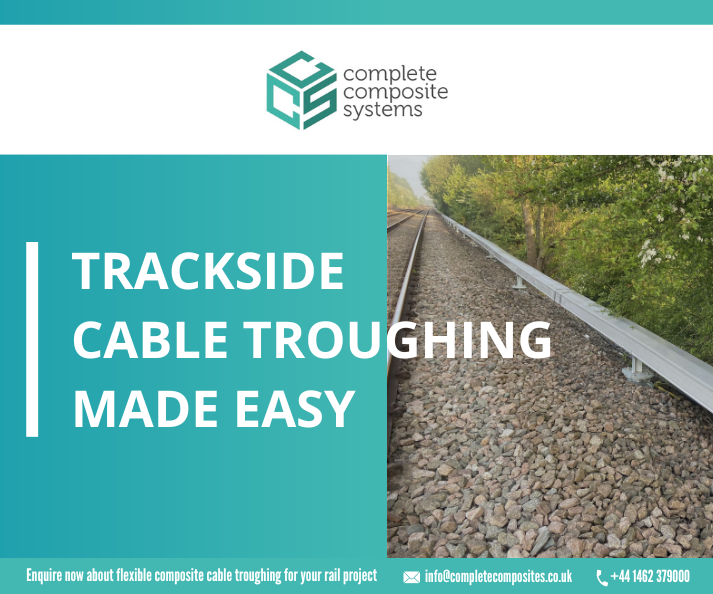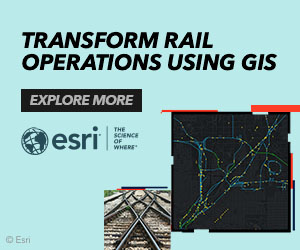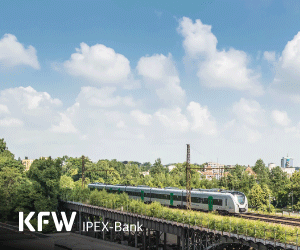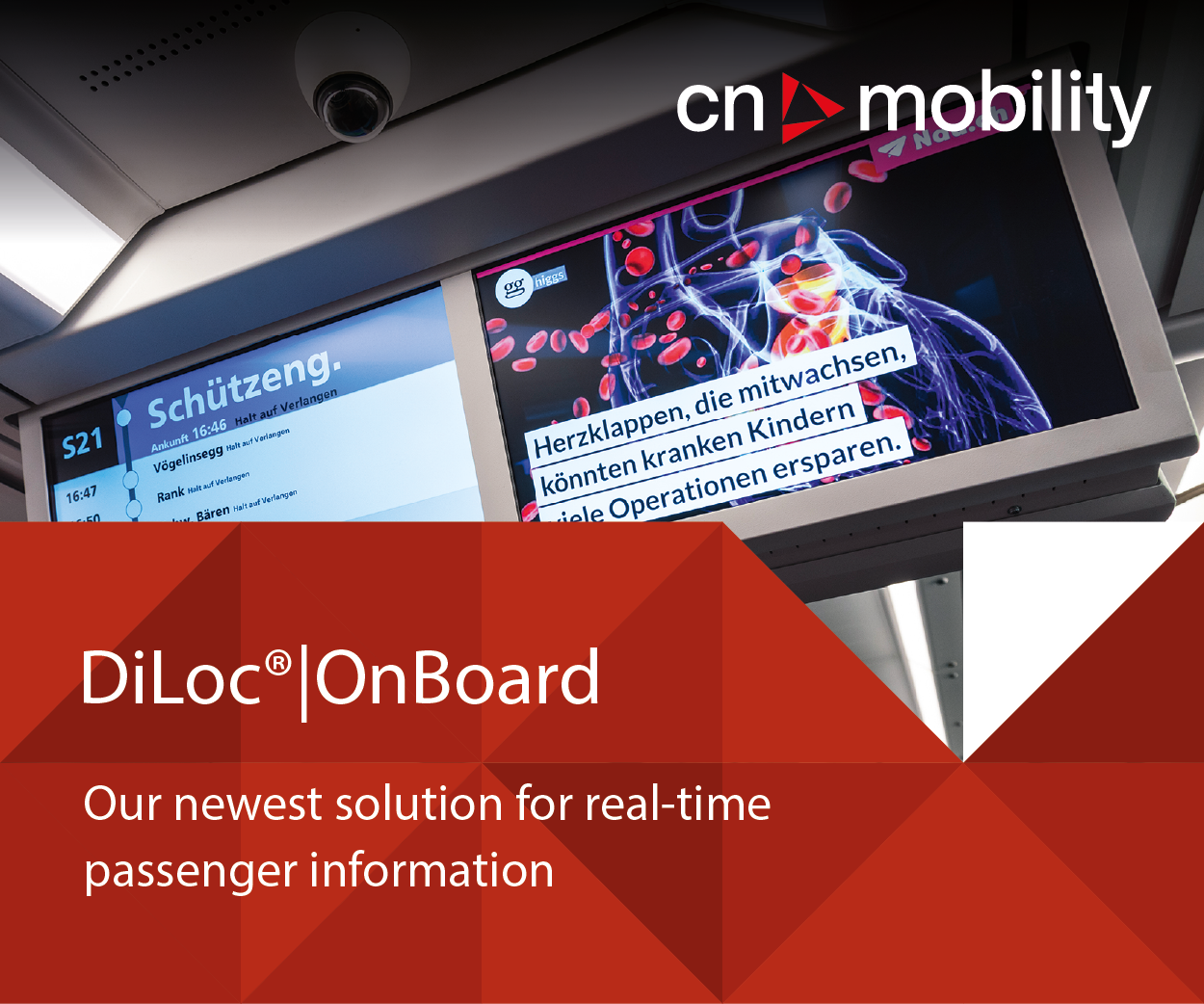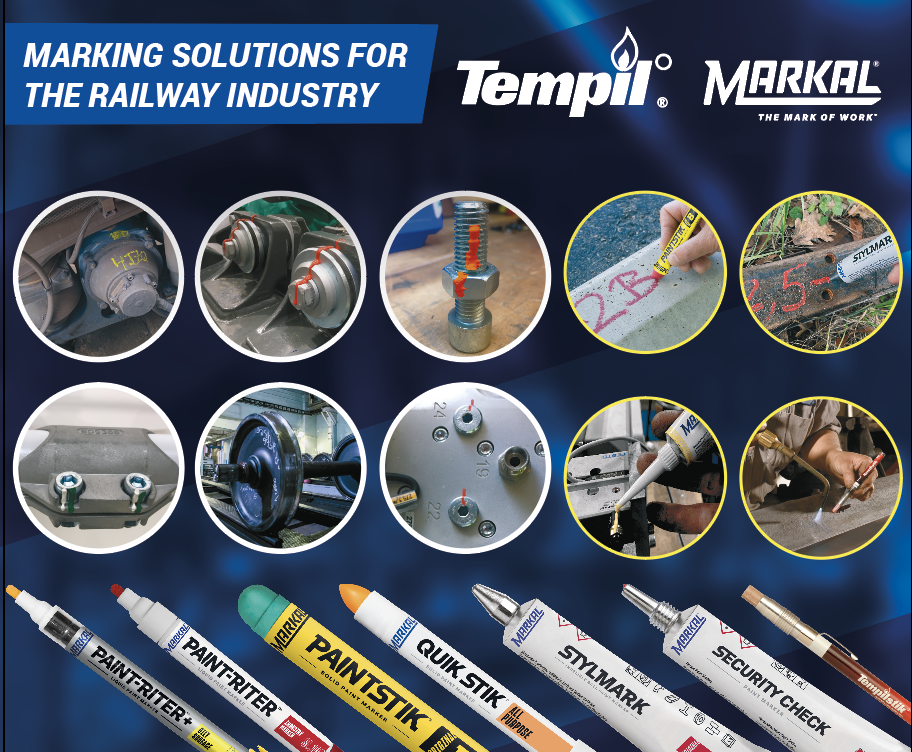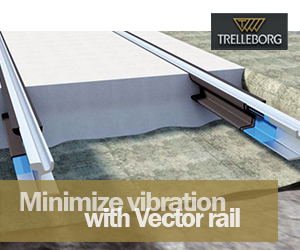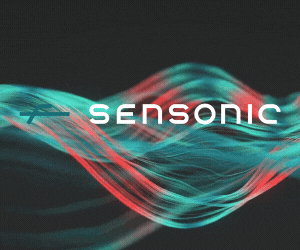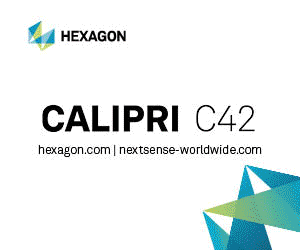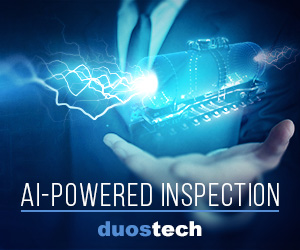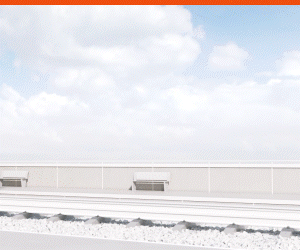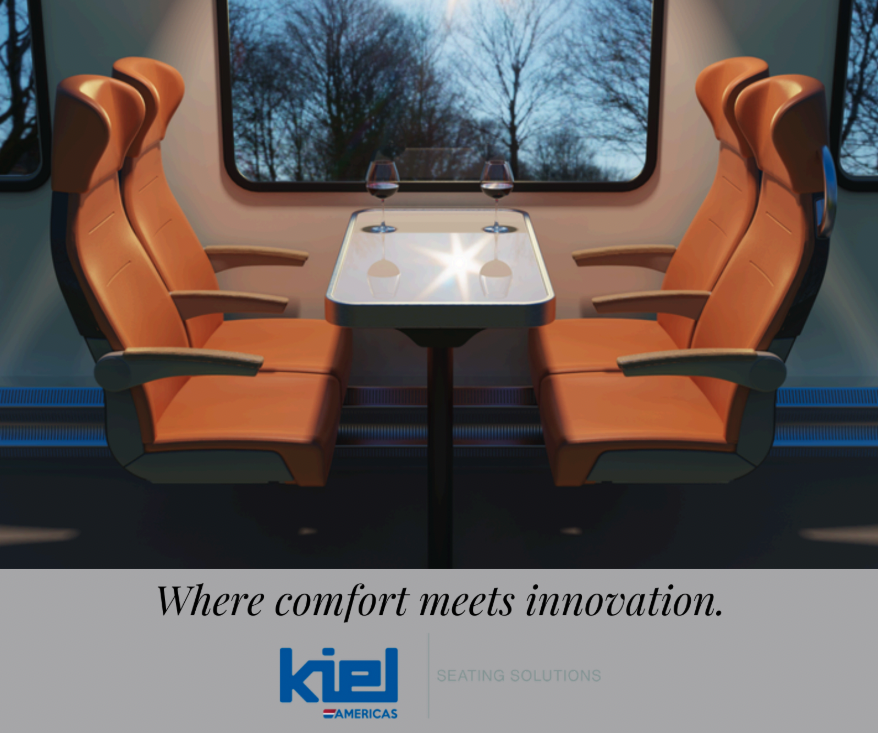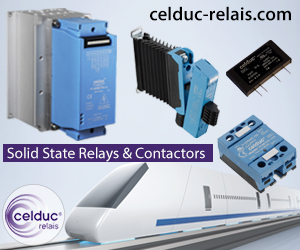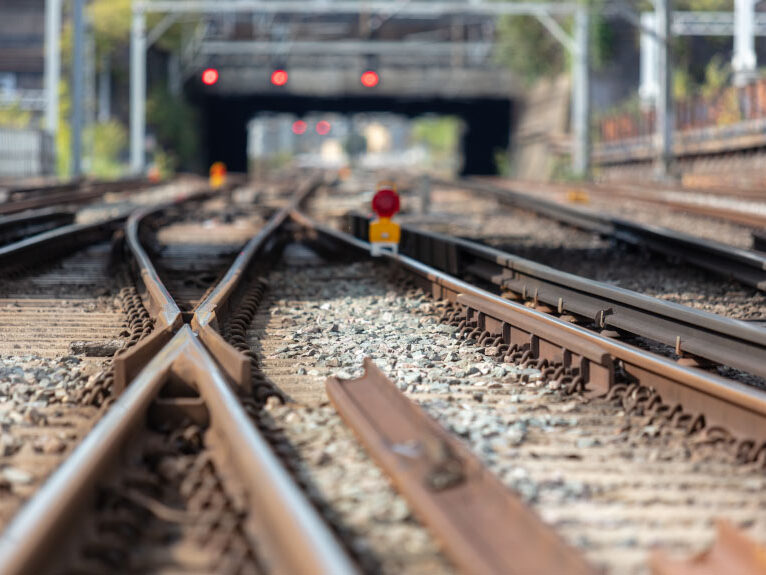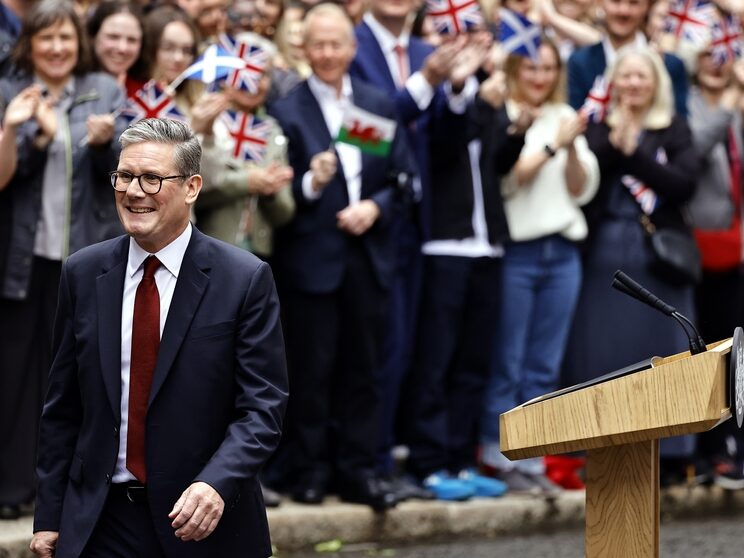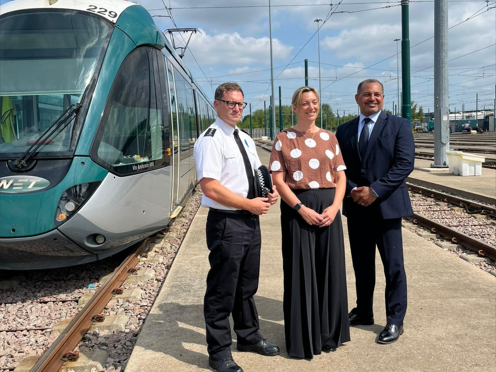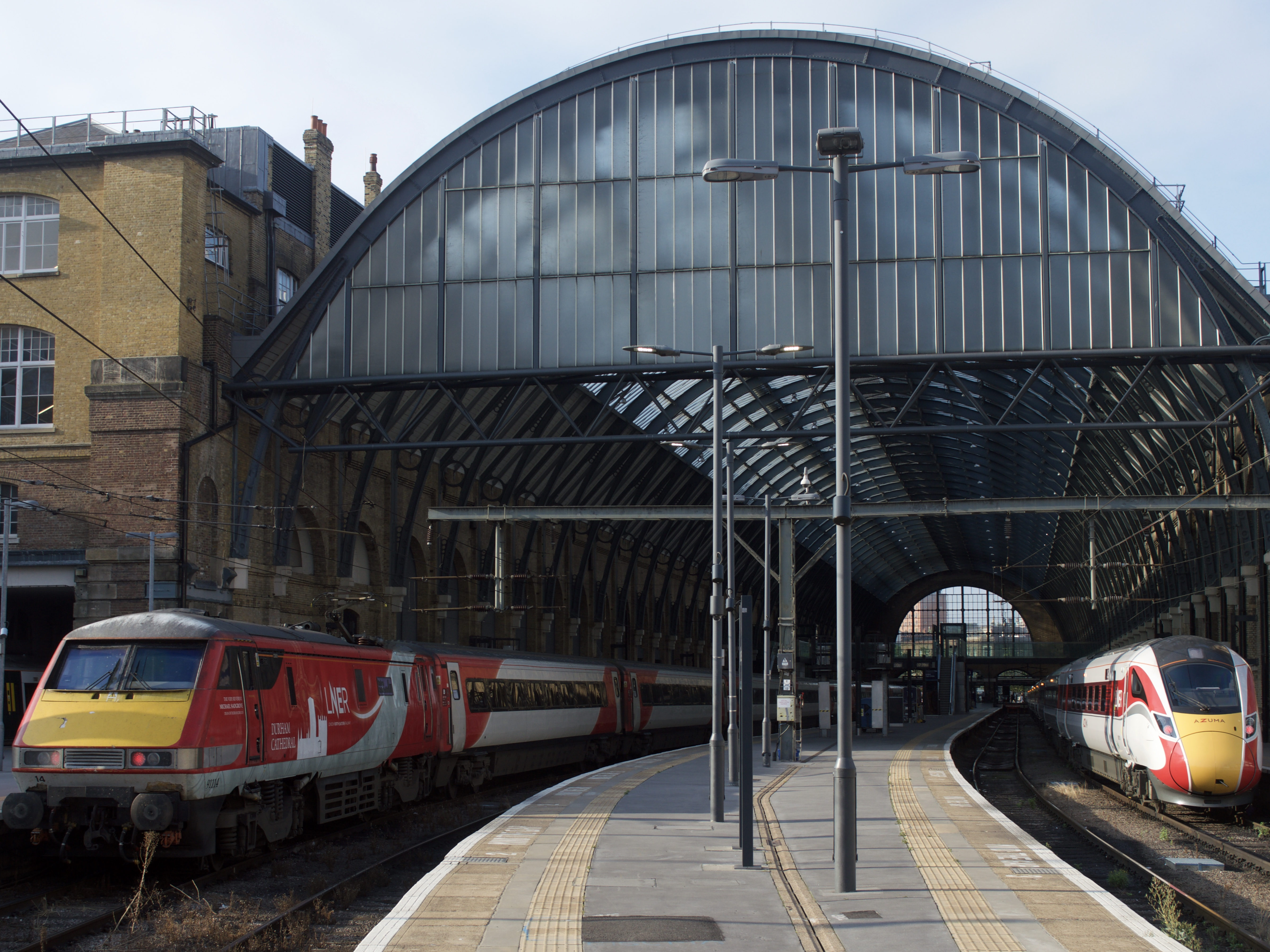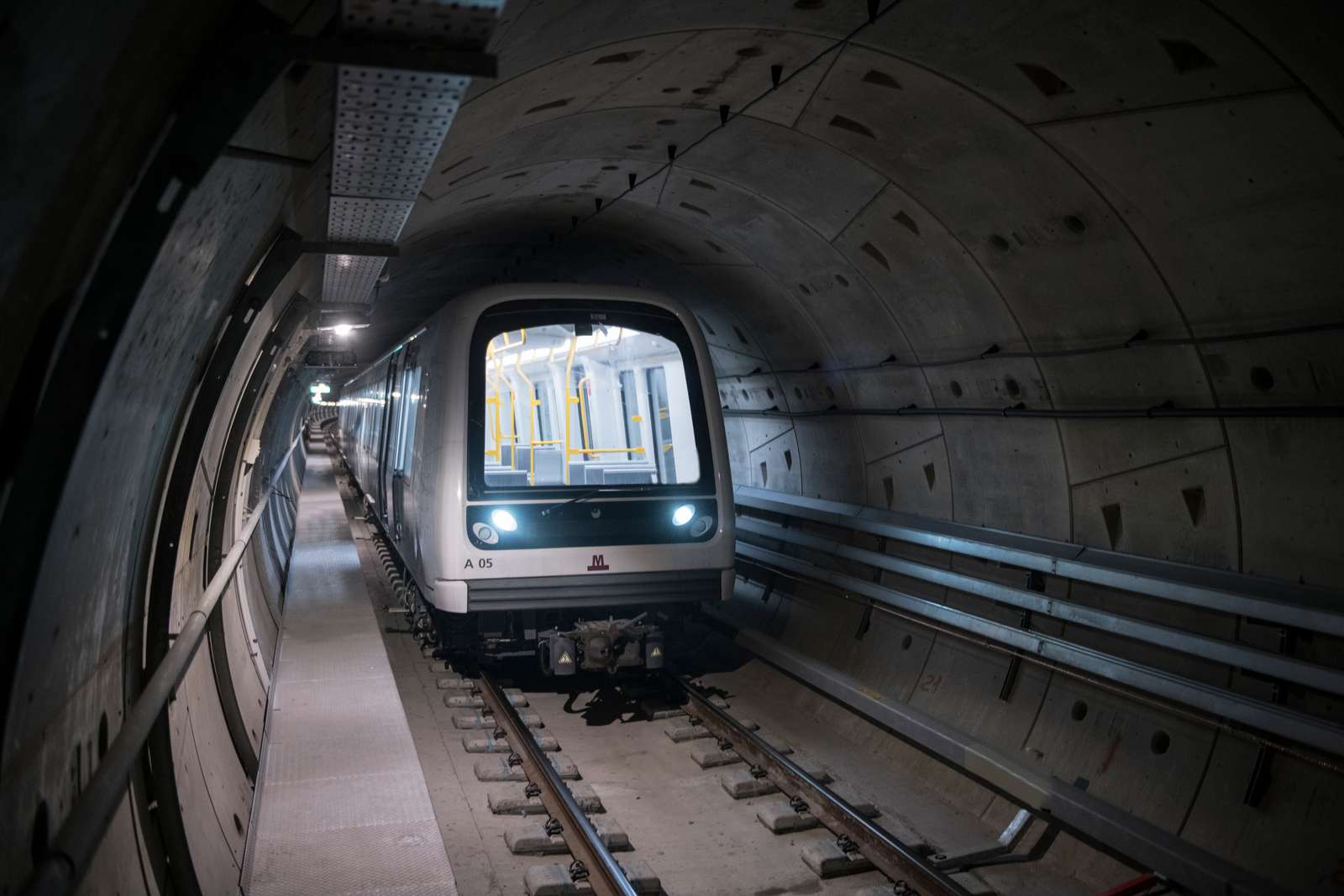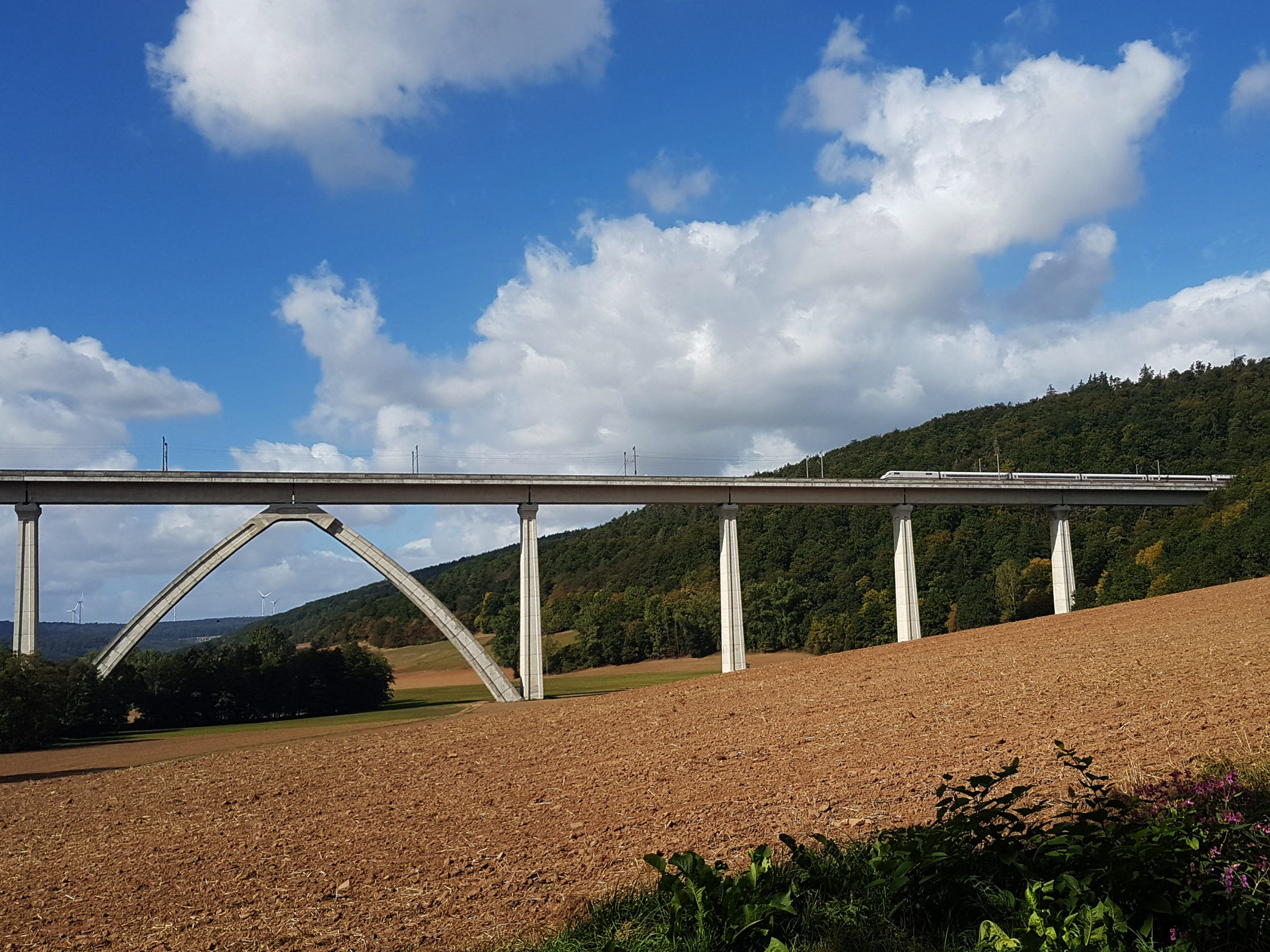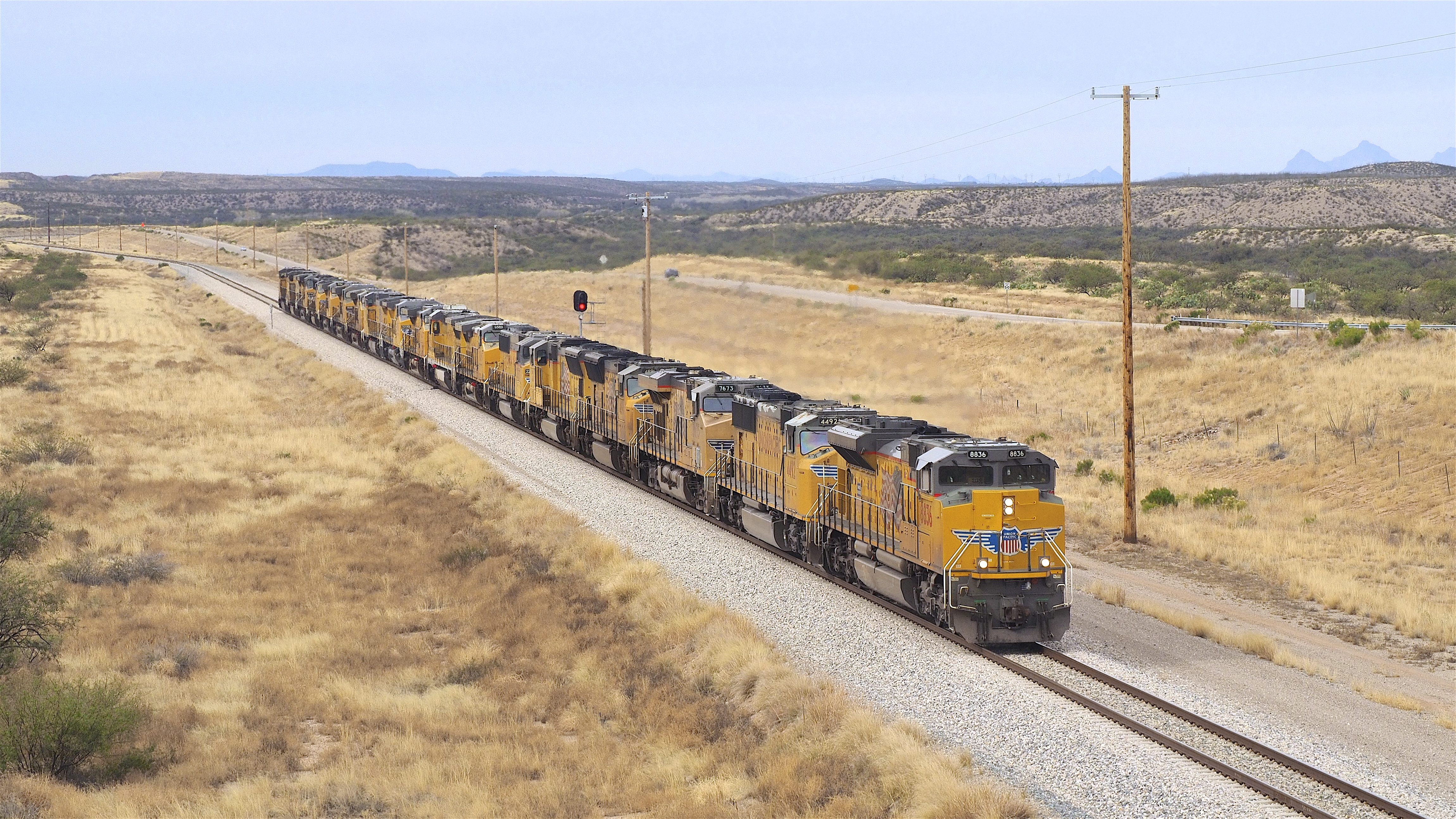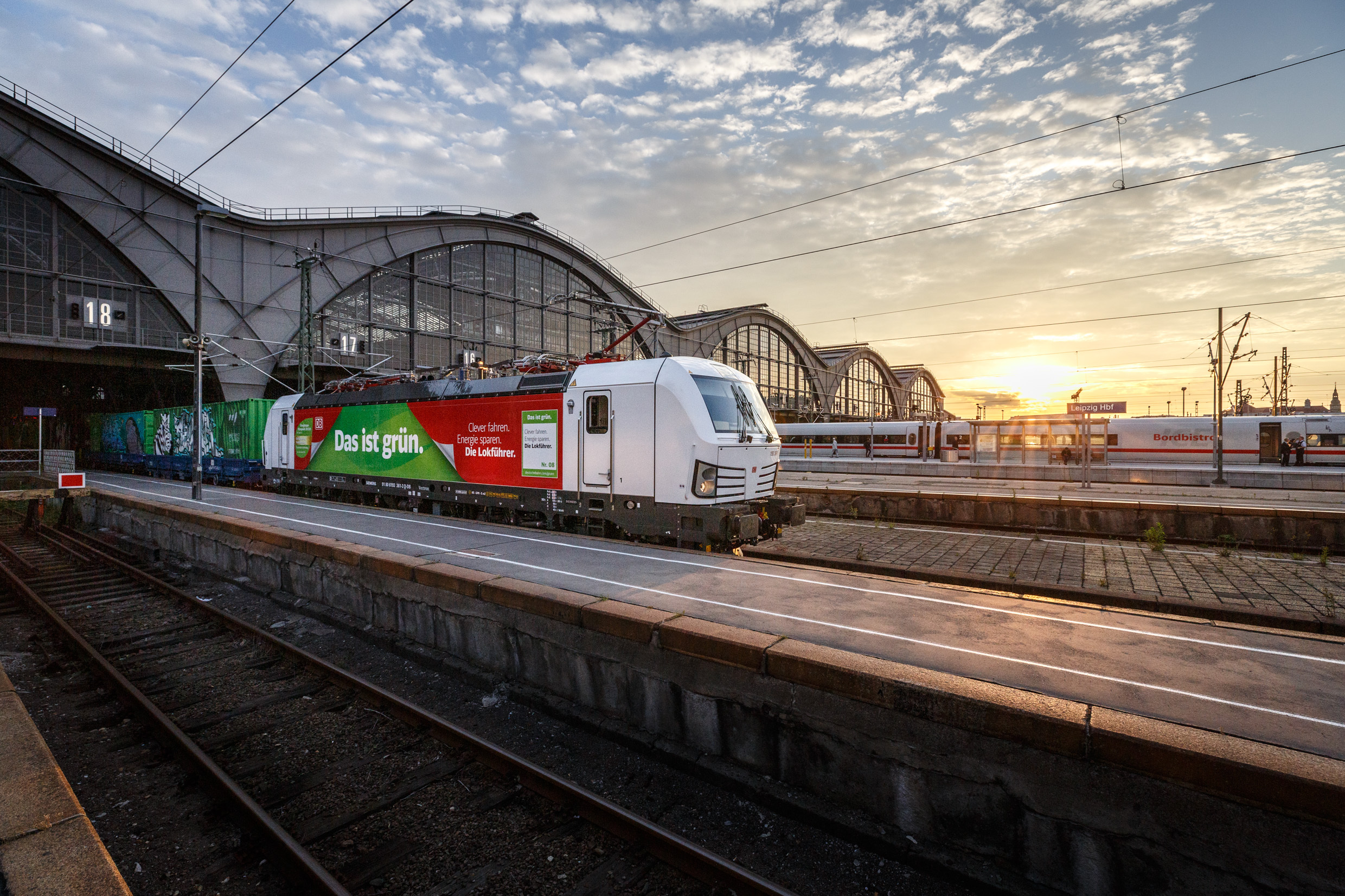The Director General for Mobility and Transport at the European Commission, Henrik Hololei, spoke at Digital Transport Days in Helsinki, Finland, about the aims and successes of Shift2Rail (S2R) and its role in combating climate change and managing increasing congestion.
Climate Change Goals
In his speech he began by outlining the Commission’s view on the importance of rail. Firstly, rail is well-placed from an environmental perspective. The transport sector is responsible for a quarter of the EU’s carbon dioxide emissions. It is a sector, he said, which is proving the most difficult to decarbonise. Within that sector, rail stands out as sustainable, as it is energy-efficient and largely electrified. However, in order to have a greater impact on emissions in the transport sector, rail needs to take a greater market share. To do that, it needs to be more integrated.
Congestion
Secondly, rail is well-placed to tackle congestion and improve supply chains. An intermodal shift to rail will take pressure off the road network. To make this aim more feasible, the railways need to be more predictable and reliable, he said.
One area he said he was expecting significant improvement was rail freight. In the freight sector, rail only commands a modest market share and has not seen any growth in recent years. Overall, technological solutions, such as the ‘Intelligent Video Gate’, which can identify the contents of freight wagons, and more broadly automated freight terminals, will support rail freight as an option.
Shift2Rail
By fostering research and innovation, Shift2Rail is supporting both of these aims. The development of digital solutions and improved management of data are key. For example, cutting-edge communications systems featuring intelligent locomotives and responsive traffic management systems do much to increase capacity.
Shift2Rail ‘Game Changers’
Henrik Hololei gave a number of examples such as ERTMS Level 3 and on-board train intelligence to increase Automatic Train Operation of how S2R was driving solutions.
He said:All these 'game changers' will be mainstreamed in the future Regulation for Train Control (command and signalling) as early as in 2022 – it is a major step forward, perhaps even a positive disruption and it is coming soon!
S2R Future Developments
Among the future developments Shift2Rail is looking at is virtual coupling, where a series of trains is controlled by one unit.
Mobility as a Service (MaaS)
Mobility as a Service is a new way of providing passenger services and rail must be an integral part of this. One key tool for passengers will be the Multimodal Travel Information Service. Passengers will be able to use it Europe-wide to access multimodal travel information, select transport options, process payments and obtain e-tickets. Tying this in with the European Union’s climate change goals, this service will let passengers compare the carbon footprints of the various different travel options. This, he said, was fully within the spirit of the Green Deal.
Henrik Hololei:I expect it to become a breakthrough that will allow planning, booking and purchasing multimodal trips across Europe with a click! I am looking forward to the next INNOTRANS to test it.
If successful, such a data exchange mechanism {Interoperability Framework} and passenger tool {Travel Companion} will make it much easier to travel by train, build up through-tickets, and complement the journey with other transport modes – a major opportunity to boost Railways market share.
You can read Henrik Hololei’s full speech about Shift2Rail at Digital Transport Days here.
Also read:
- A Big Green Deal for Europe: Rail and the Graz Declaration
- EU Ministers Adopt Graz Declaration: A Green Deal for Europe
- UNIFE: EU Investments for Innovations in Rail Transport
- EU: Shift2Rail Announces Affiliated Events at InnoTrans 2018

